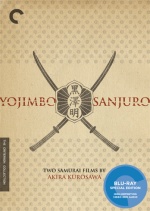 There is a new paper titled The effect of left-right reversal on film: Watching Kurosawa reversed that reports findings from a study which involved showing two of Akira Kurosawa’s films mirrored (left-to-right).
There is a new paper titled The effect of left-right reversal on film: Watching Kurosawa reversed that reports findings from a study which involved showing two of Akira Kurosawa’s films mirrored (left-to-right).
The study was conducted by Marco Bertamini (Department of Experimental Psychology, University of Liverpool), Carole Bode (Department of Experimental Psychology, University of Liverpool) and Nicola Bruno (Dipartimento di Psicologia, Universita di Parma).
Here is the abstract:
The mirror reversal of an image is subtly different from the original. Often such change goes unnoticed in pictures, although it can affect preference. For the first time we studied the effect of mirror reversal of feature films. People watched Yojimbo or Sanjuro in a cinema, both classic films by Akira Kurosawa. They knew that this was a study and filled out a questionnaire. On one day Yojimbo was shown in its original orientation, and on another day the film was mirror reversed. Sanjuro was shown reversed on one day and non-reversed on another day. Viewers did not notice the reversal, even when they had seen the film before and considered themselves fans of Kurosawa. We compared this with estimates from a survey. In addition, the question about the use of space (scenography) revealed that although people who had seen the film before gave higher ratings compared with those who had not, this was only true when the film was not reversed.
The paper can be downloaded from perceptionweb.com.
It is interesting, although perhaps not entirely surprising, that almost no one in the study’s almost 200 participants noticed that the images were reversed.
What is even more interesting though is the effect of the reversal on the viewers. Those viewers who had seen the film before and now saw it in its original version, rated the work higher than those who had seen it before and were watching the mirror-reversed edit. Yet, those viewers with no previous familiarity with the film that they were watching in fact marginally appeared to prefer the reversed version over the original one! (It is a fairly small margin, though — see Figure 4.)
It would be interesting to conduct the same experiment with an Asian audience, or the same experiment with a European film, as there at least appears to be some common assumption that the left/right axis is symbolically different between the two cultures, perhaps due to the direction of the writing systems. How grounded on reality this assumption is, I do not know, but it is perhaps also worth noting that, as I have pointed out, Sergio Leone’s western remake of Yojimbo also appears to have mirrored the town.
In any case, it is always interesting to discover studies conducted with the help of Kurosawa’s works.

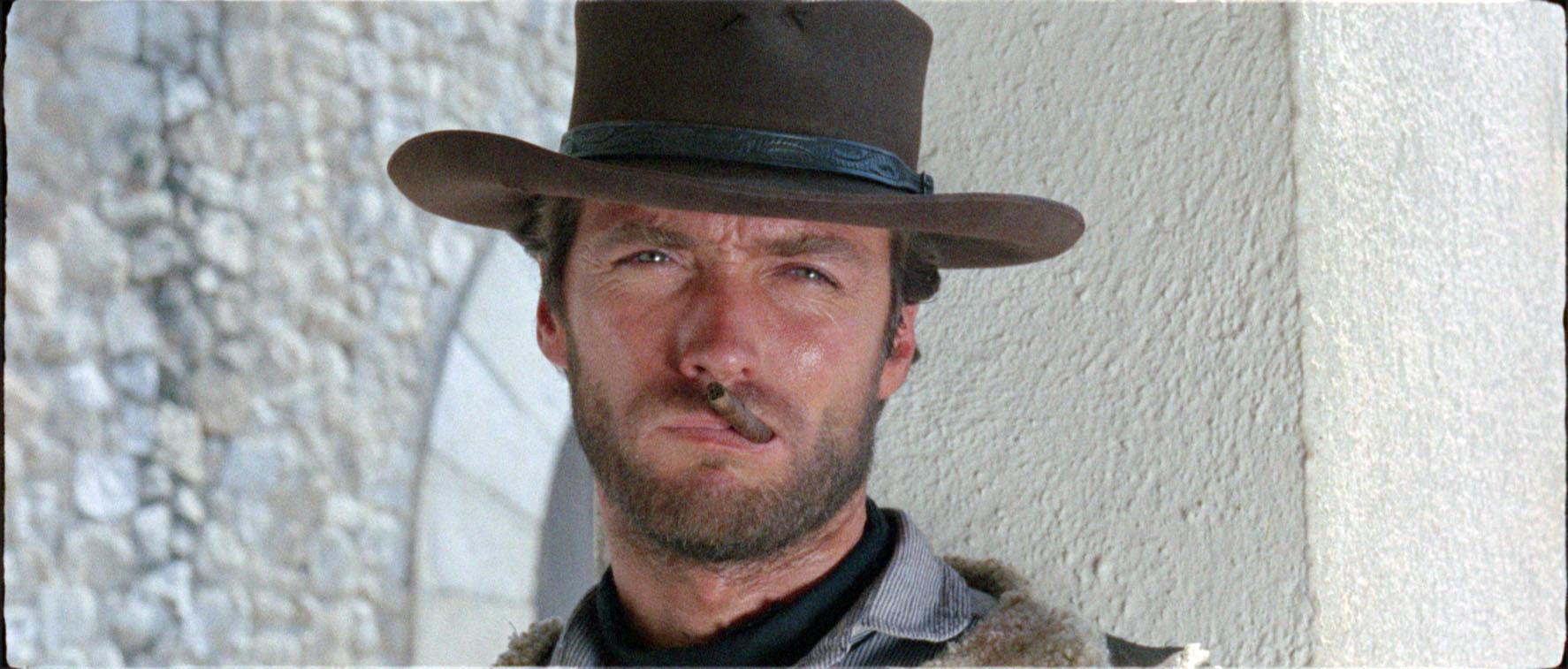

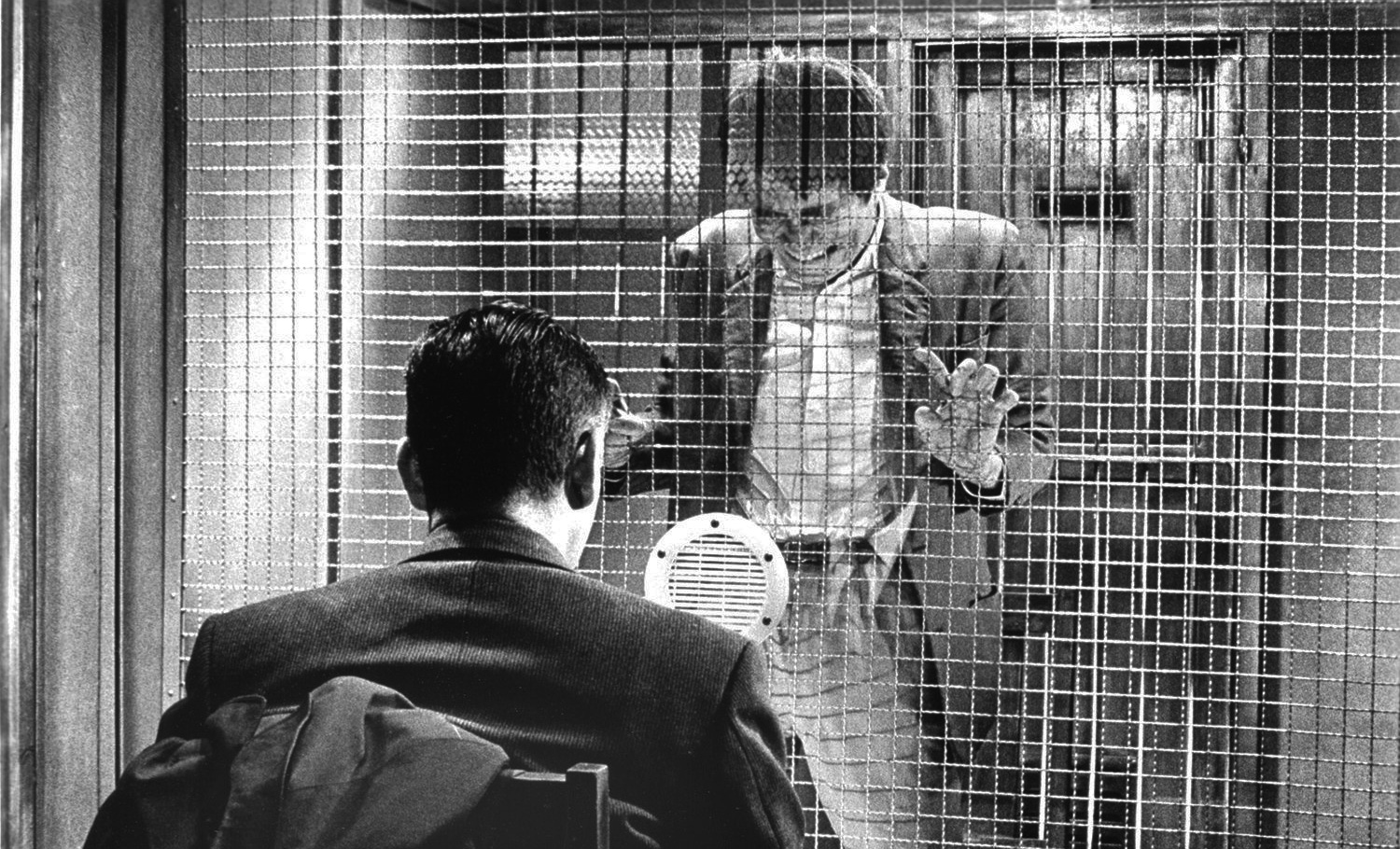
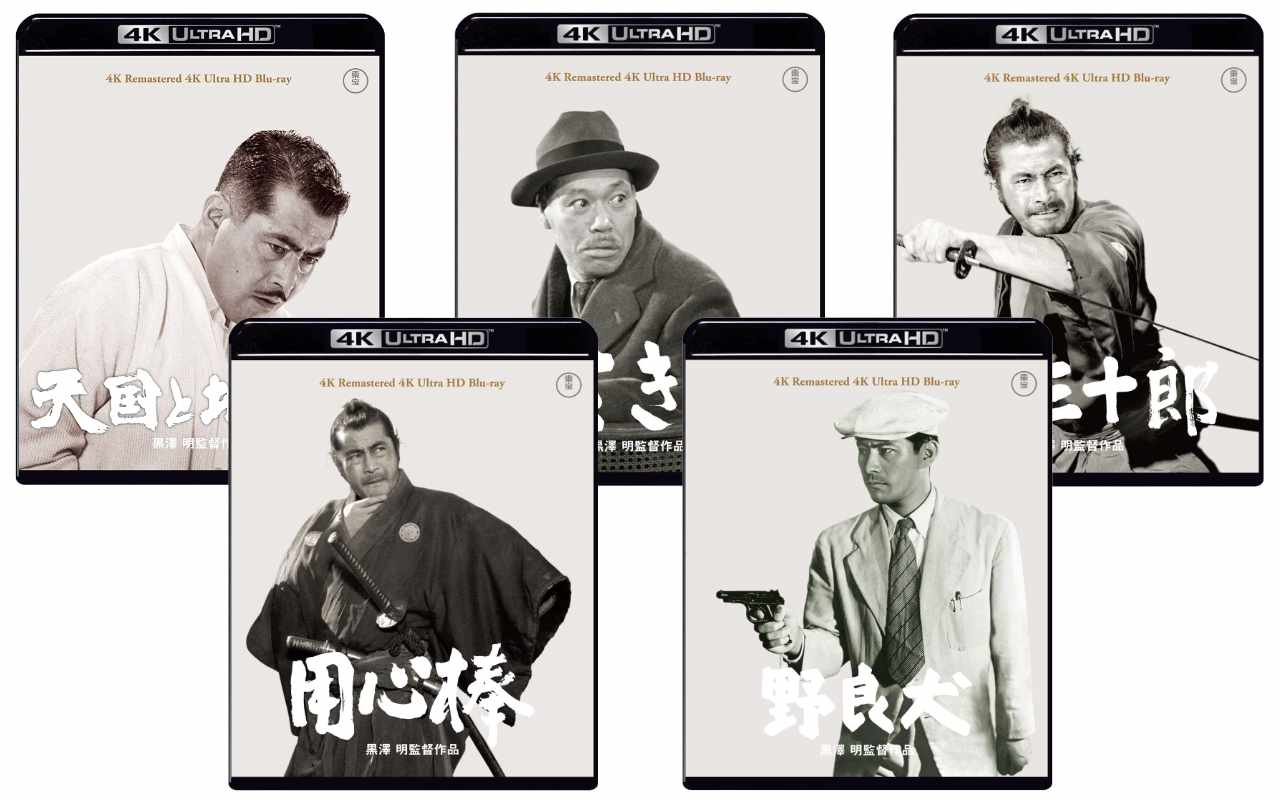
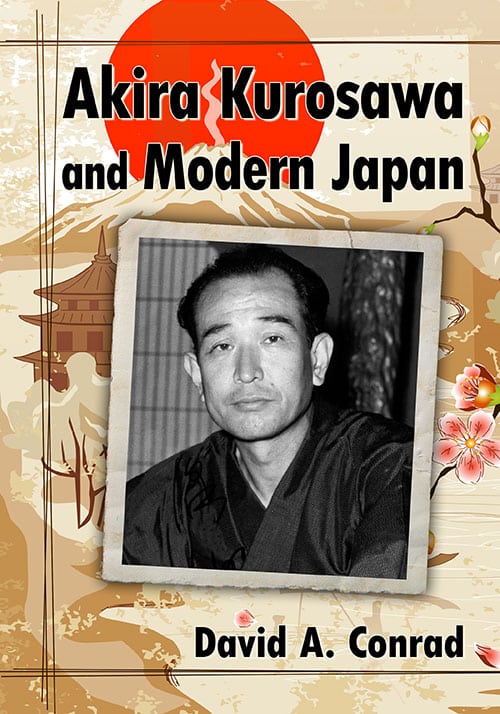
Thats quite fascinating. I wonder why they chose Yojimbo specifically? I know they say that they chose a Japanese film because that way nobody would notice roman lettering being reversed, but of all Japanese films I can think of, Yojimbo is I think the one I would most likely spot a reversal, as the whole balance between left and right of the town is so important. I’m amazed nobody who saw the film before noticed.
I’m also really curious as to who that women is who carried around a small locket of Toshiro Mifune’s ashes!